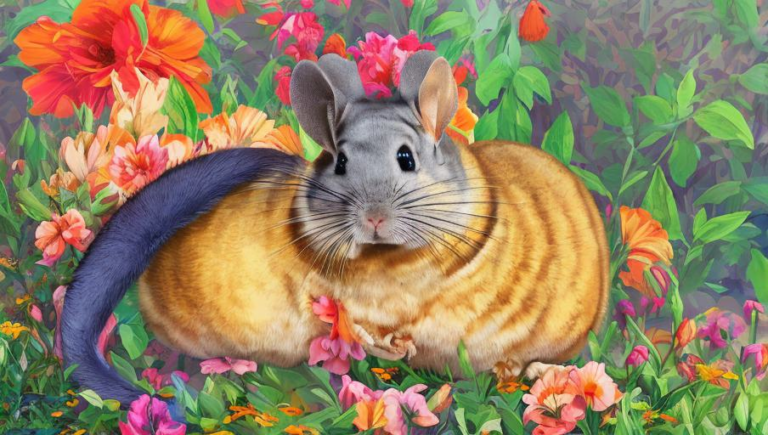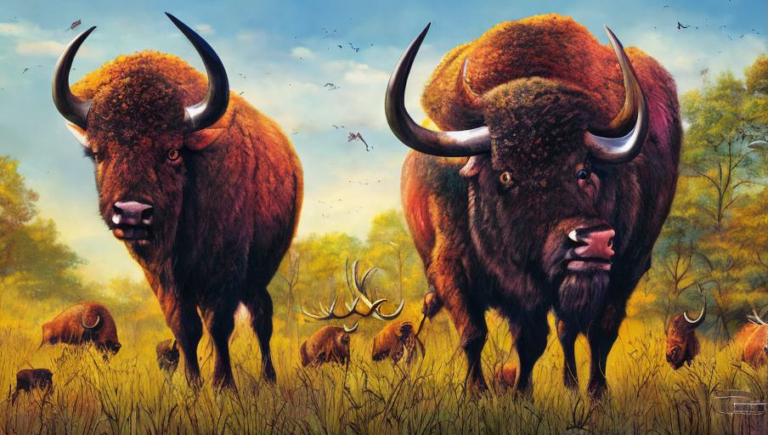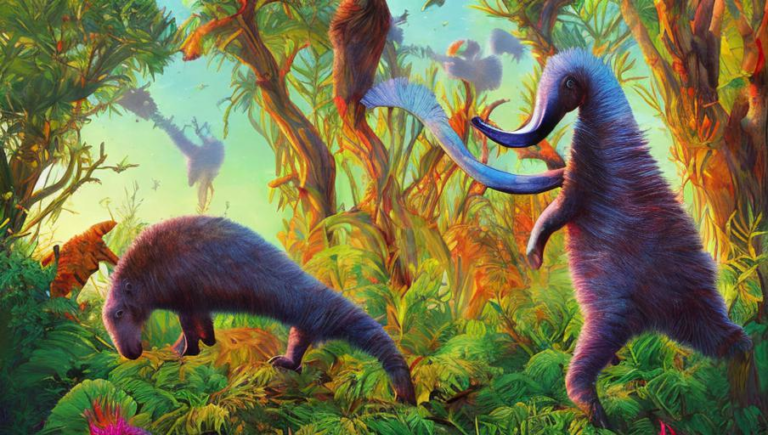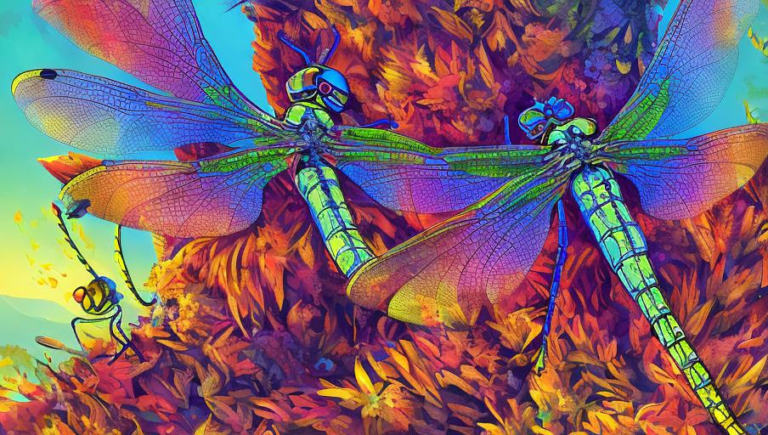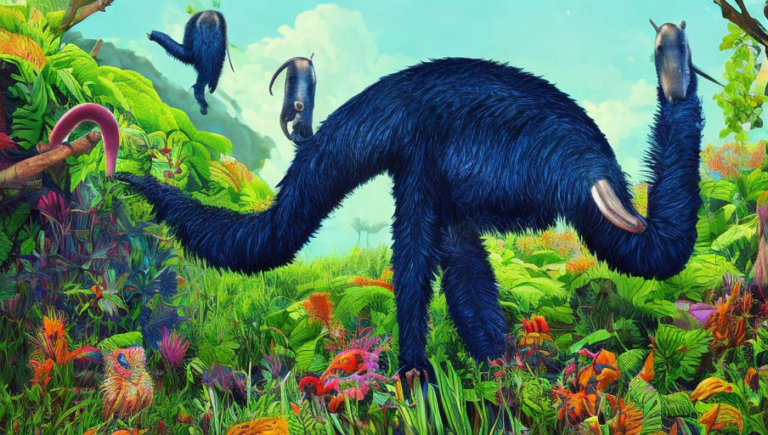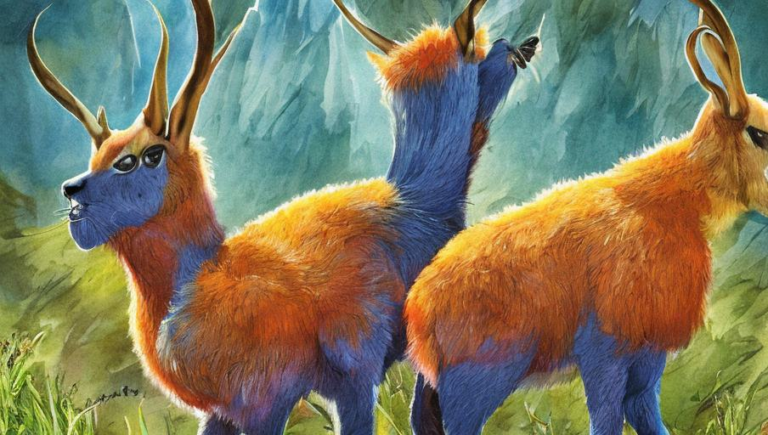Defending the Anteater
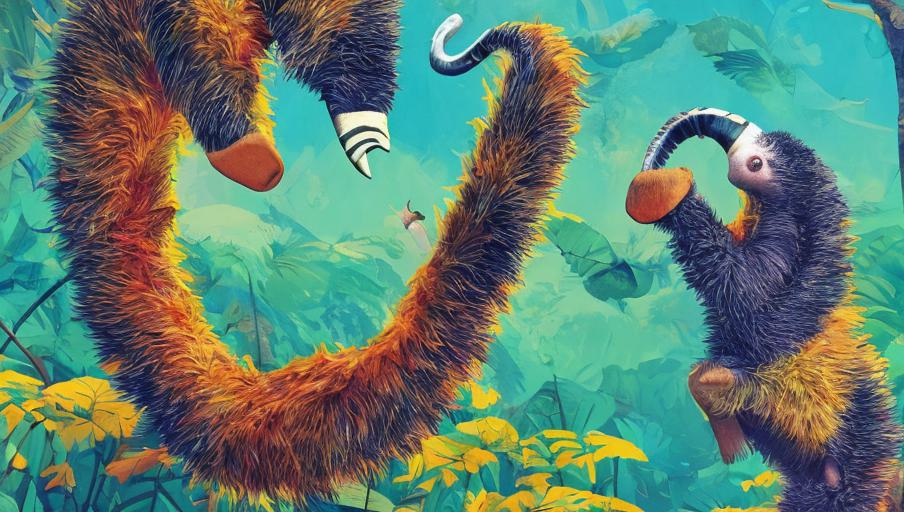
Defending the Anteater
The anteater is a fascinating creature that inhabits rainforests and other warm climates around the world. It is unique in its physical features and behavior, which includes a long snout, sticky tongue, and powerful front claws. Although the anteater is a beloved and recognizable species, it is threatened by the destruction of its natural habitat and human activity.
Habitat Destruction
The anteater is found in tropical rainforests, where it forages for food and builds its nest. Unfortunately, many of these forests have been cleared for agriculture and development. This has led to a drastic decline in the anteater’s population, as the loss of its natural habitat makes it difficult for the species to survive.
Human Interference
In addition to habitat destruction, humans are also responsible for the endangerment of anteaters. Many people hunt the species for its meat, as well as for its fur and claws. Furthermore, some people keep anteaters as pets, which can be detrimental to the species as a whole.
Conservation Efforts
The good news is that there are conservation efforts underway to protect the anteater. Several organizations are working to protect the species’ habitats and to educate people about the importance of conservation. Additionally, some countries have laws in place that protect the anteater from hunting and poaching.
What You Can Do
If you are passionate about protecting the anteater, there are several things you can do. You can join a conservation organization, such as the World Wildlife Fund, and make a donation to help protect the species’ habitats. You can also spread awareness about the plight of the anteater by talking to your friends and family, or by writing to your local government representatives. Finally, you can support organizations that are working to protect the species by volunteering your time or donating to the cause.
The Future of the Anteater
The future of the anteater is uncertain, but with the help of conservation efforts, the species may be able to survive. By taking action to protect the anteater and its natural habitat, we can ensure that future generations will be able to enjoy the beauty of this unique creature.
